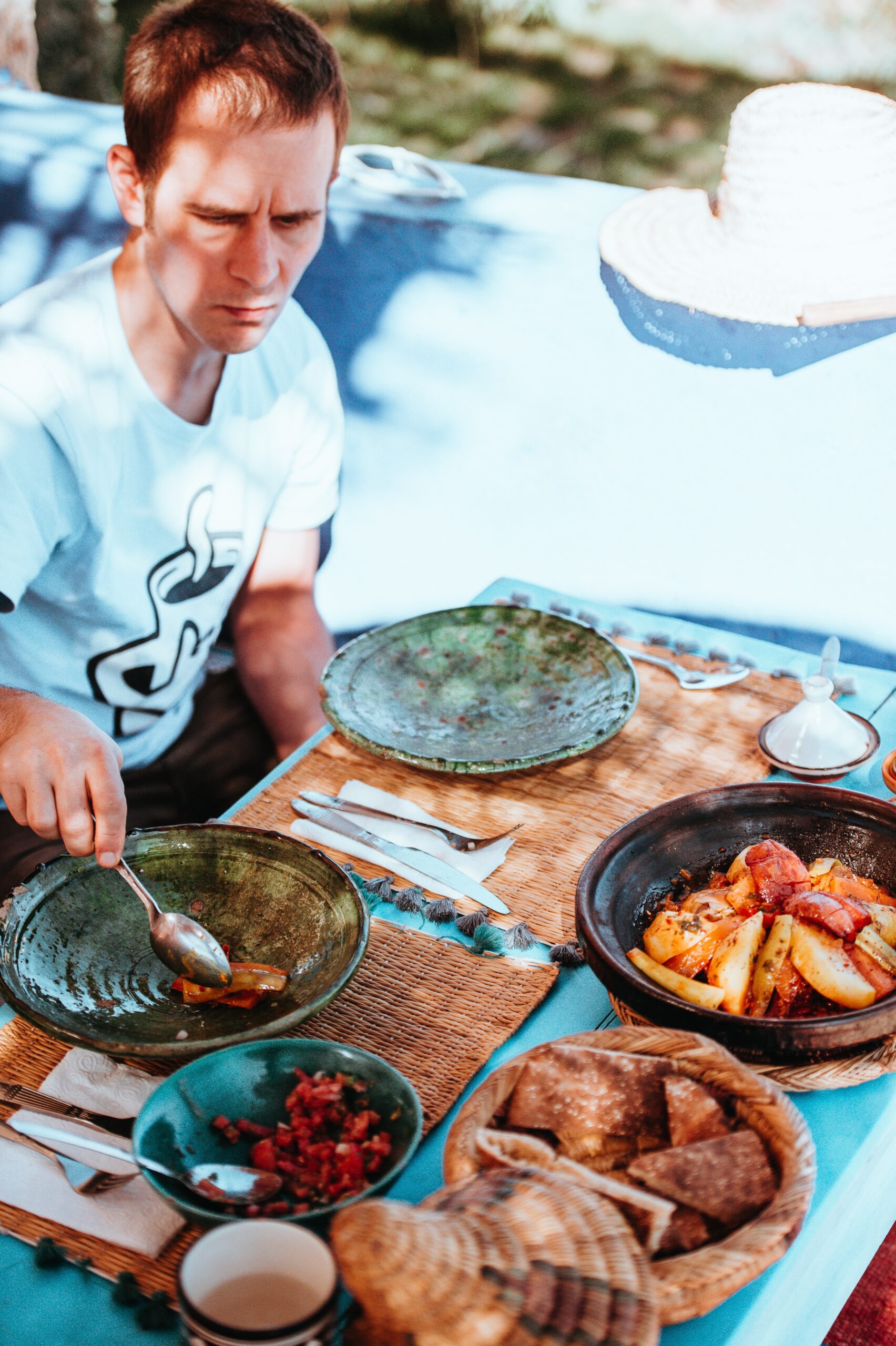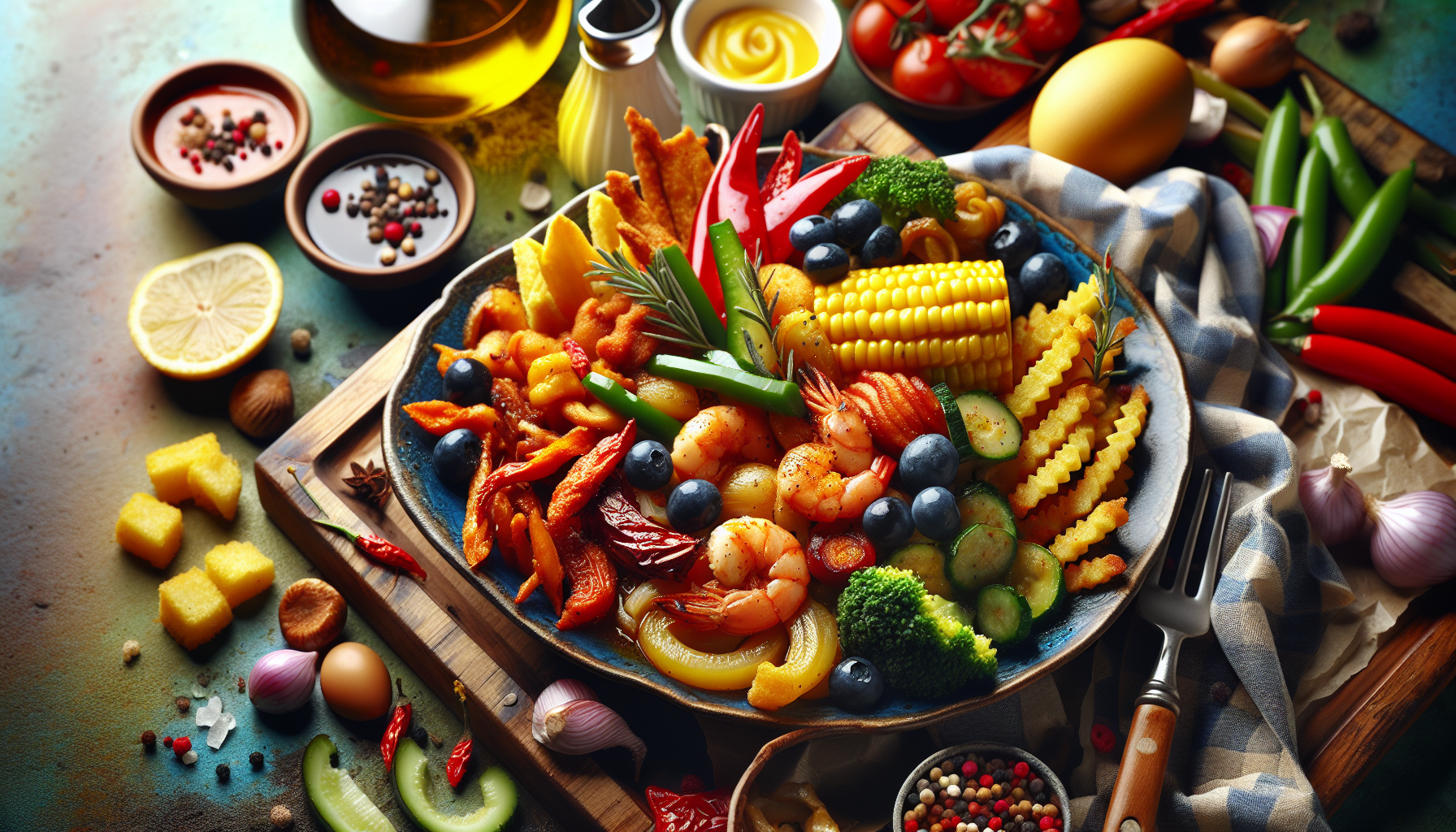Southern cooking is a rich and diverse culinary tradition that has its roots deeply embedded in American culture. From mouthwatering barbecue to soulful comfort foods, the different types of Southern cooking offer a delicious journey through the flavors and ingredients that define this beloved cuisine. Whether you’re craving a plate of velvety grits, a tangy bowl of gumbo, or a slice of decadent pecan pie, Southern cooking has something to satisfy every palate. So grab a seat at the table and let’s explore the tantalizing world of Southern cuisine.

Soul Food
Origins and Influence
Soul food is a cuisine deeply rooted in the history and culture of African Americans in the southern United States. Its origins can be traced back to the days of slavery, where African slaves adapted traditional cooking techniques and ingredients with those available to them in their new surroundings. Through the years, soul food has become an integral part of African American identity, representing resilience, community, and the celebration of shared history.
The influence of soul food extends far beyond the African American community. Its rich and flavorful dishes have become synonymous with comfort and indulgence, earning it a special place on the tables of people from all walks of life. From collard greens and cornbread to fried chicken and sweet potato pie, soul food has made its mark on American cuisine, inspiring countless chefs and home cooks alike to recreate and reimagine these beloved dishes.
Key Dishes and Ingredients
When it comes to soul food, several dishes and ingredients hold a special place in the hearts and stomachs of food enthusiasts. Some of the signature dishes include fried chicken, macaroni and cheese, black-eyed peas, candied yams, and collard greens. Each dish is meticulously prepared to achieve the perfect balance of flavors, often showcasing the skill and expertise passed down through generations.
Key ingredients in soul food include staples such as corn, rice, beans, and various greens. Pork, particularly in the form of ham hocks or bacon, is frequently used for its ability to infuse dishes with rich, smoky flavors. Other popular ingredients include sweet potatoes, okra, and a variety of spices and seasonings like cayenne pepper, garlic, and paprika.
Regional Variations
While soul food is primarily associated with the southern United States as a whole, there are distinct regional variations that give each area its unique culinary character. In the Carolinas, for example, barbecue takes center stage, with slow-cooked pulled pork and tangy vinegar-based sauces being the stars of the show. In Louisiana, soul food is deeply intertwined with the flavors of Creole and Cajun cuisines, resulting in dishes like gumbo and jambalaya that are steeped in history and spice.
In Mississippi, soul food often highlights the use of local ingredients like farm-fresh vegetables and freshwater fish. Tennessee showcases its love for soul food through beloved dishes like Memphis-style ribs and hot chicken. Each region puts its own spin on soul food, infusing their culinary traditions and local resources into these cherished dishes.
Cajun Cuisine
History and Origins
Cajun cuisine originates from the Acadian people, French settlers who were exiled from Canada in the 18th century and settled in what is now Louisiana. These settlers brought with them their traditional French cooking techniques and combined them with locally available ingredients, resulting in a distinctive and flavorful cuisine that we know today as Cajun.
The harsh conditions and limited ingredients in the Louisiana swamps forced the Acadians to be resourceful in their cooking, resulting in hearty and flavorful dishes that could sustain them. Over the years, Cajun cuisine has evolved and embraced elements from other cultures, including Native American, African, Spanish, and Caribbean influences.
Signature Dishes
Cajun cuisine is renowned for its bold flavors and use of aromatic spices. Some of the signature dishes include gumbo, a rich and flavorful stew made with meat or seafood, vegetables, and a dark roux; jambalaya, a one-pot rice dish with a medley of meats, vegetables, and spices; and étouffée, a thick and savory stew typically made with crawfish or shrimp, simmered in a rich tomato-based sauce.
Other notable dishes include boudin, a flavorful sausage made with pork and rice; crawfish étouffée, a delicacy highlighting the abundance of freshwater crawfish in Louisiana; and boudin balls, a popular appetizer made from a mixture of boudin, bread crumbs, and seasonings, then deep-fried to perfection.
Use of Spices and Seasoning
Spices and seasoning play a vital role in Cajun cuisine, adding depth and complexity to the dishes. Traditional Cajun seasoning, often referred to as “Cajun spice” or “Creole seasoning,” typically includes a blend of spices like paprika, cayenne pepper, garlic powder, onion powder, thyme, and oregano. These spices create a unique flavor profile that is both savory and slightly spicy.
In addition to spices, Cajun cooking often incorporates the “holy trinity” of vegetables: onions, bell peppers, and celery. This aromatic combination serves as the flavor base for many Cajun dishes, providing a harmonious balance of flavors. The use of fresh herbs, such as parsley and green onions, further enhances the taste and overall experience of Cajun cuisine.
Stay tuned for more sections of the article!


